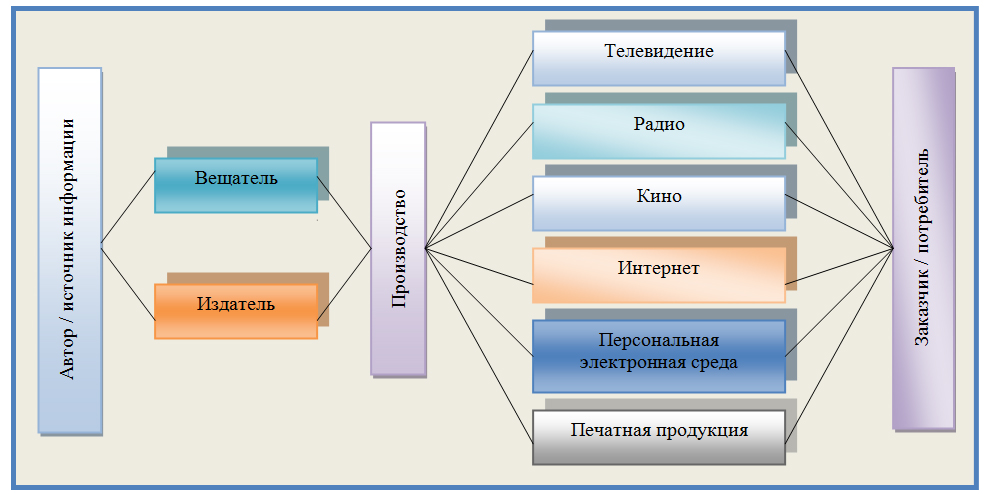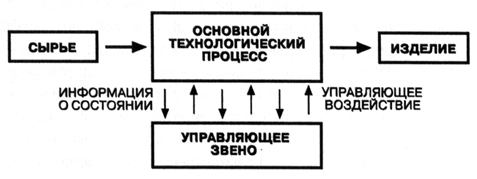
- •1. History and philosophy of prepress
- •1.1 Graphic industry
- •1.3 Stages of prepress development
- •1.3.1 Evolution of plate making
- •From manual to photo engraving
- •1.3.3 Electronic prepress
- •1.3.3.1 Remote publication and reproduction
- •1.3.3.2 Softproof
- •1.3.3.3 Image scaling
- •1.3.3.3. Halftoning
- •1.3.4 Computer aided prepress
History and philosophy of prepress
Graphic industry
Information technologies in printing
Stages of prepress development
1.3.1 Evolution of plate making
From manual to photo engraving
Electronic prepress
1.3.3.1 Remote publication and reproduction
1.3.3.2 Softproof
1.3.3.3 Image scaling
1.3.3.3 Halftoning
1.3.4 Computer aided prepress
Summary issues
Tests
1. History and philosophy of prepress
1.1 Graphic industry
It isn’t out of place to preface the prepress history disclosure by the short overview of a print product specific features and its position in modern economic and social life.
Growth of hardcopy publications (newspapers, books, advertizing matter, etc.) has become somehow slower on the background of electronic media intensive developments of the late. Nevertheless, the graphic art industry continues to keep the total dynamic increase due to growing market demand for colorful and smart packaging.
The third graphic industry sector is comparable with each of two mentioned but doesn’t directly relate to media. This is so called “functional printing” involved in production of different industrial items (electronics, furniture, laminates, tissue…). Gravure printing method was earlier predominantly used in this area. However, on the background of such products spectra expanding the other kinds of traditional as well as digital and 3D technologies are nowadays therein applied.
Print product predominantly addresses to cognitive, aesthetic perception of a customer and therefore comprises the constituent part of modern informational environment as shown in figure 1.
 Figure
1.1. Print product within the media environment of today
Figure
1.1. Print product within the media environment of today
Contrary to “soft copy” of electronic media, certain specific is, nevertheless, in the image presentation on a material substrate as a “hard copy” with the use of great variety of physical and chemical processes as well as of consumables therein involved. Over three quarter of a print production expense falls on said substrate cost while the overall paper and board consumption is assumed for one of the important country welfare indices.
The other specific feature of this industry is comprised in that the worldwide average headcount of its production site is lower fifteen. That limits the creating the industry infrastructure which would be able to fund and stimulate cooperation, financing of research and staff training. It also stipulates the wide profile kind of technology teaching which excludes the specialization applied, for example, just to certain kind of a print or its production process such as well prepress, press or post-press.
1.2 Information technologies in printing
Electronic, automation, TV and computer means are nowadays widely used in various industries. These means, as a rule, are located within the control branch which is somehow outside the basic one converting a raw material into a final product (Figure 1.2). This branch receives the data describing the current state at various stages of basic process and generates the corresponding signals for automatic control or managing decisions making.

Figure 1.2 Basic and control branches in production process.
Relationship of these production chains in the hard cover book manufacturing with the use as raw material of paper, ink, thread and glue… looks the same as in the other industries. However, the basic production flow looks also as the data processing routine if to take into account that both the initial stuff (text, picture, editorial design…) and final product (book, newspaper, magazine, label, package…) are information. That’s why the recently entered in use notion IT could be during over centuries fairly applied to printing.
At the same time, the printing technology, being itself the data transforming procedure, processes the information for workflow control purposes. So, the presenting by two parallel branches, as shown in figure 1.2, reveals the principle difference of these goals: transforming the text and illustrative data content in the first case and control these data workflow in the other.
